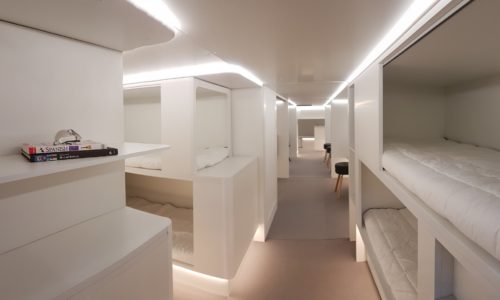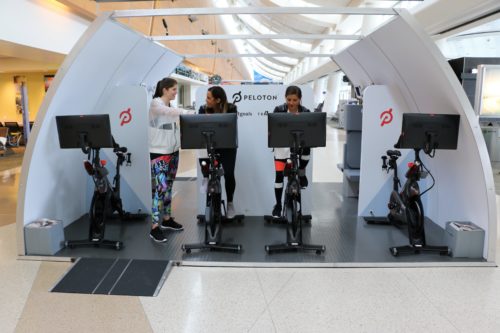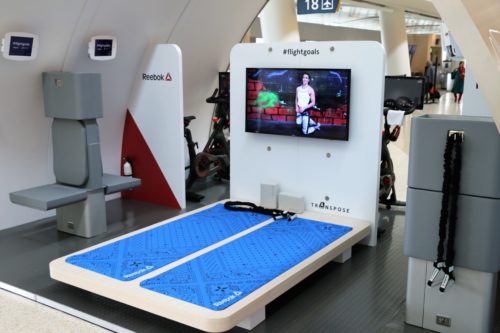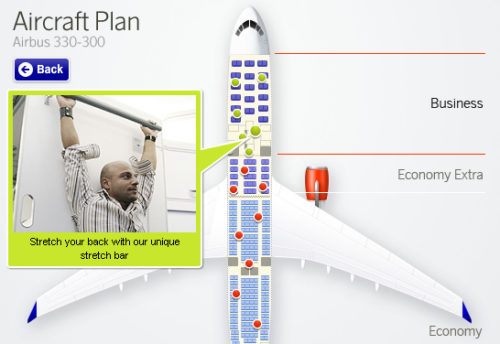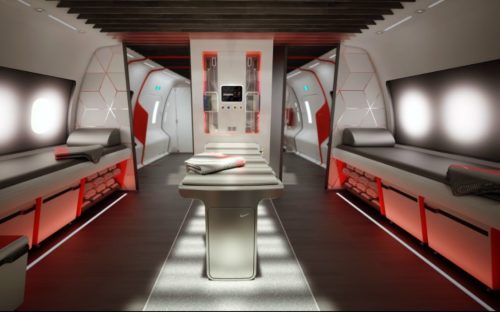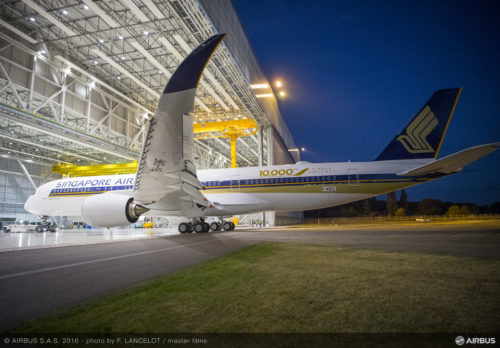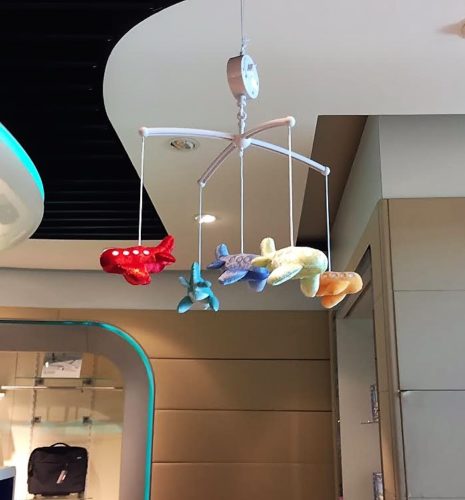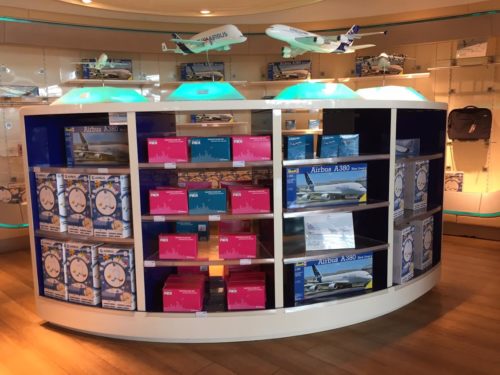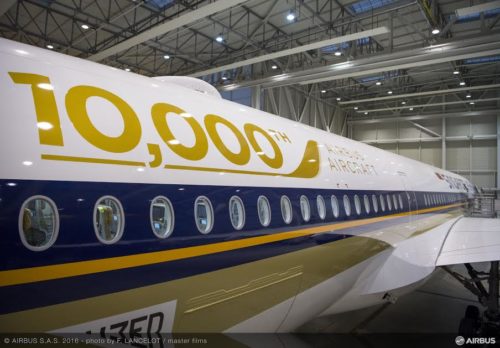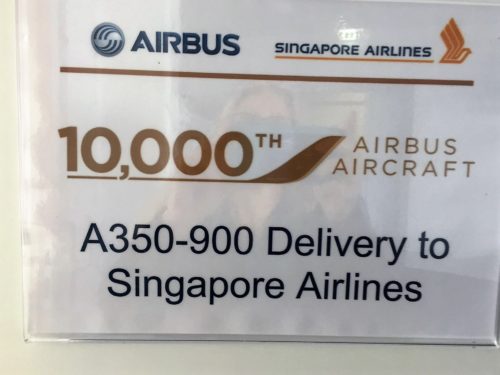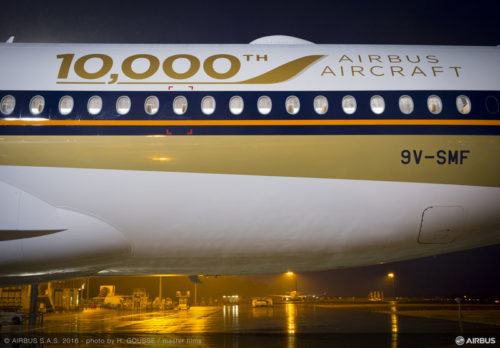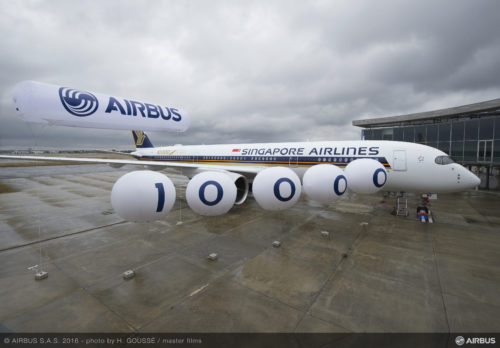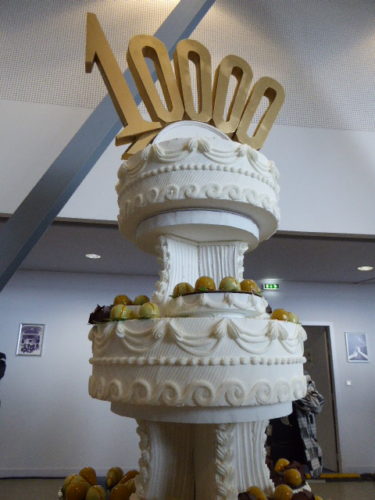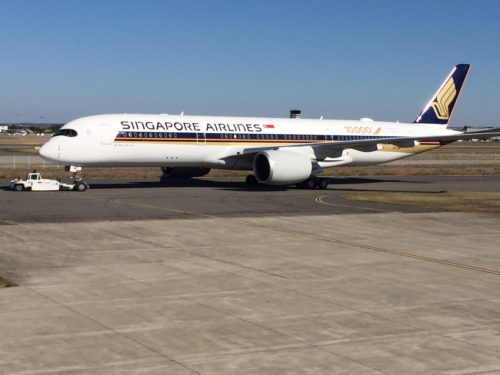Last month I joined Korean Air as a judge for a kids art show in LA, a paint-the-plane event in Seoul, and a tour of the airline’s farm, water bottling plant and various tech centers.
Here are some snaps and part of the story about the tech center and engine test cell I put together for USA Today’s Today in the Sky.
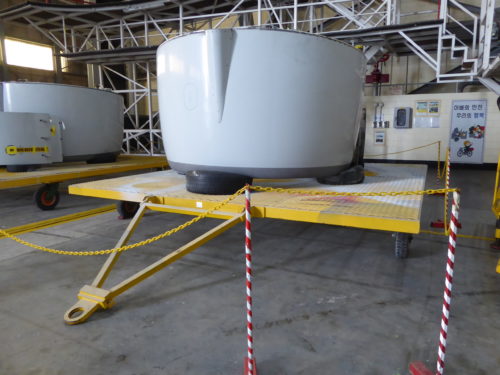
At its sprawling Tech Center in the port city of Busan, South Korea, Korean Air performs a wide variety of services for its own fleet and for many other airlines. In Incheon, Korean Air and aerospace manufacturer Pratt Whitney operate the world’s largest engine test facility as a joint venture.
The Paint Hangar
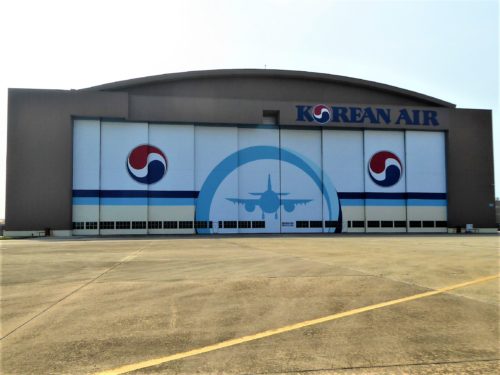
In Busan, South Korean, the Tech Center’s environmentally-friendly paint hangar has repainted hundreds of aircraft for Korea Air and other airlines since it was established in 1998.
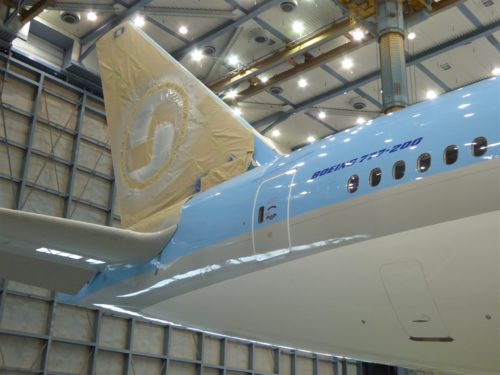
During the visit, a Korean Air 777-200 was well into its 9-day repainting process. On the to-do list: repainting four Qantas A380s between May 2019 and November 2020.
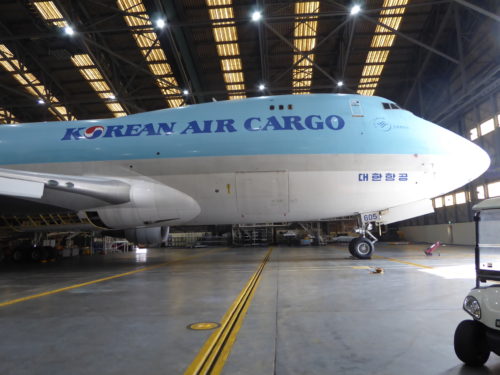
Tech Center
This Korean Air 747 cargo plane was parked inside a 2-bay maintenance hangar undergoing an extremely thorough, required, multi-week inspection known as a D-check, during which all parts of the aircraft are evaluated. According to Korean Air, this type of heavy maintenance is performed on more than 100 aircraft a year.
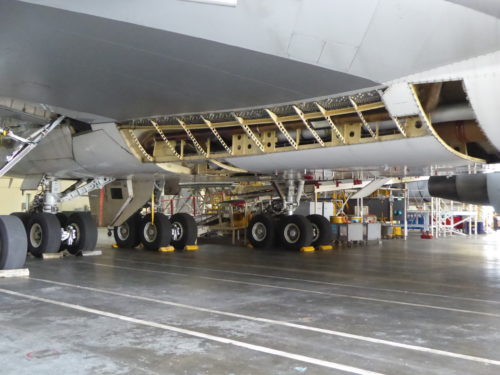
Inside other buildings at the Tech Center, parts are being manufactured for both Boeing and Airbus (including Sharklets for the Airbus A320).
Elsewhere, hundreds of technicians perform maintenance and repair for aircraft operated by commercial airlines and for Korean and US aircraft, including F-15 and F-16 fighters, CH-53 helicopters and a wide variety of other aircraft we were not permitted to photograph.
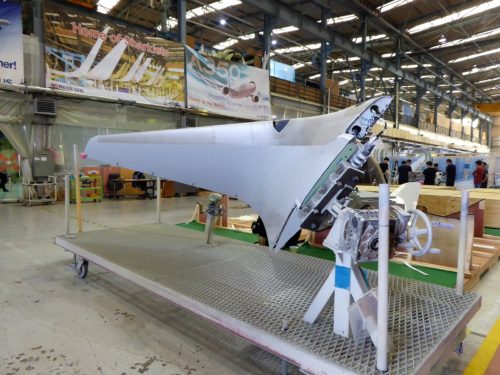
Engine Test Cell center in Incheon
Korean Air’s $80 million Engine Test Cell (ETC) opened in 2016, and is a joint project with Pratt Whitney.
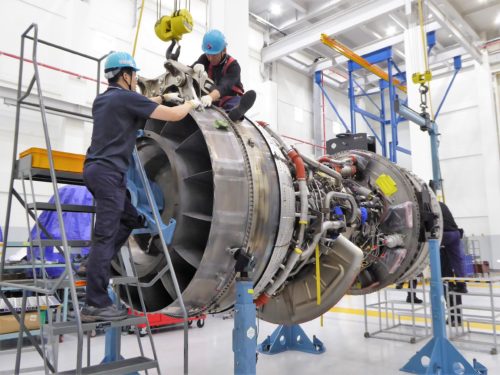
The ETC is designed to test the world’s largest jet engines, with a maximum thrust of up to 150,000 pounds.
Currently the largest and most powerful commercial jet engine is on the Boeing 777 and has a thrust of 115,000 pounds, but Korean Air’s ETC is ready for the next generation of supersized engines, which are already in production.
Before this center was created, Korean Air had to send its engines elsewhere to be tested, said Bill Kim, manager of Korean Air’s Engine Test Cell facility. The airline had to pay upwards of $8,000 to transport each engine overseas and then wait up to a month for an engine to get tested and returned.
“Here the turn-around time is far less: just two days,” said Kim, which means far less downtime and less need for Korean Air and other airline customers to purchase as many spare engines, which can cost up to $30 million dollars each.
To see the full story – and all 33 photos – see the original story Behind the scenes at Korean Air’s tech and engine-test facility on USA TODAY’s Today in the Sky.
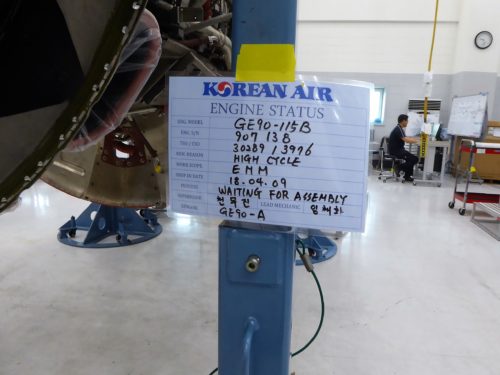
(All photos by Harriet Baskas).
